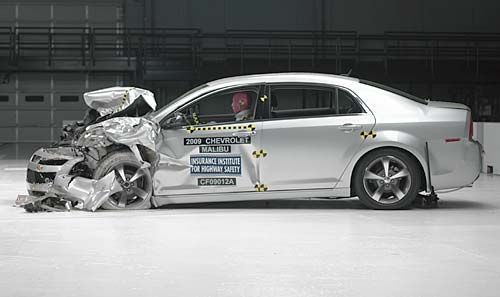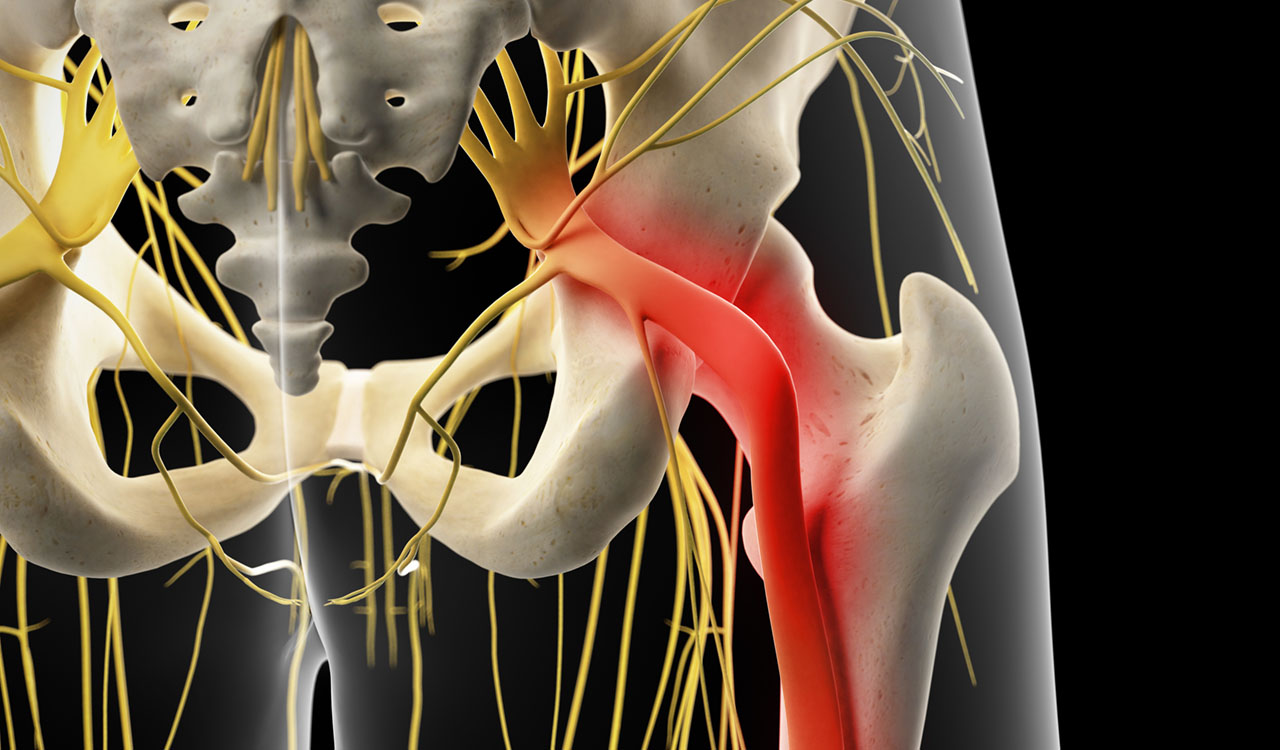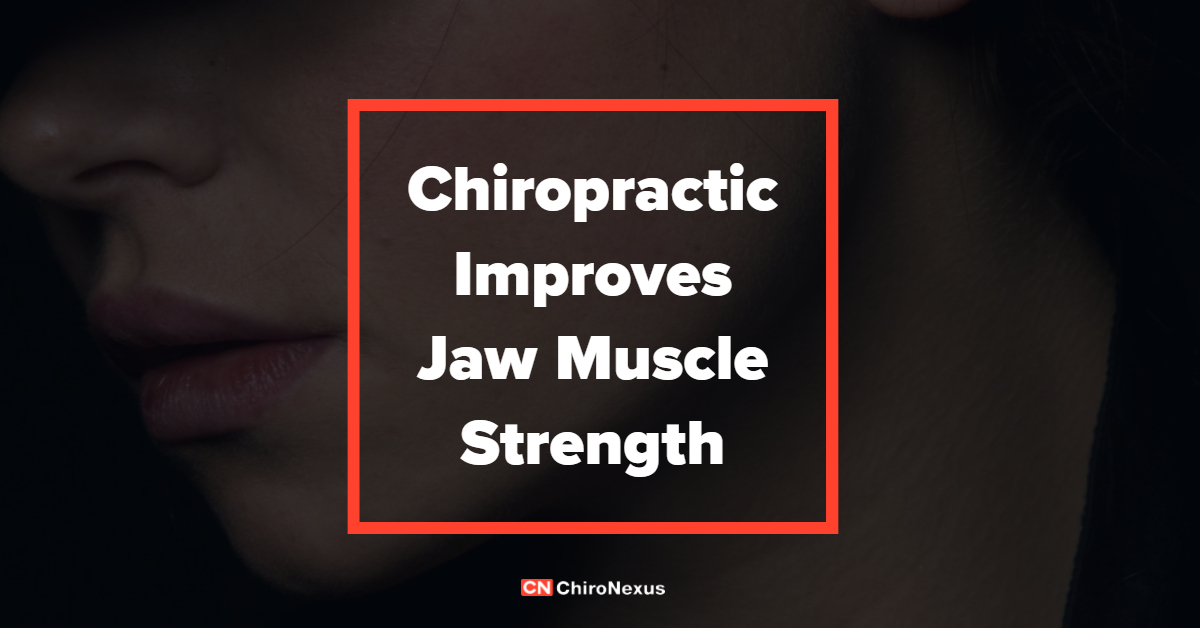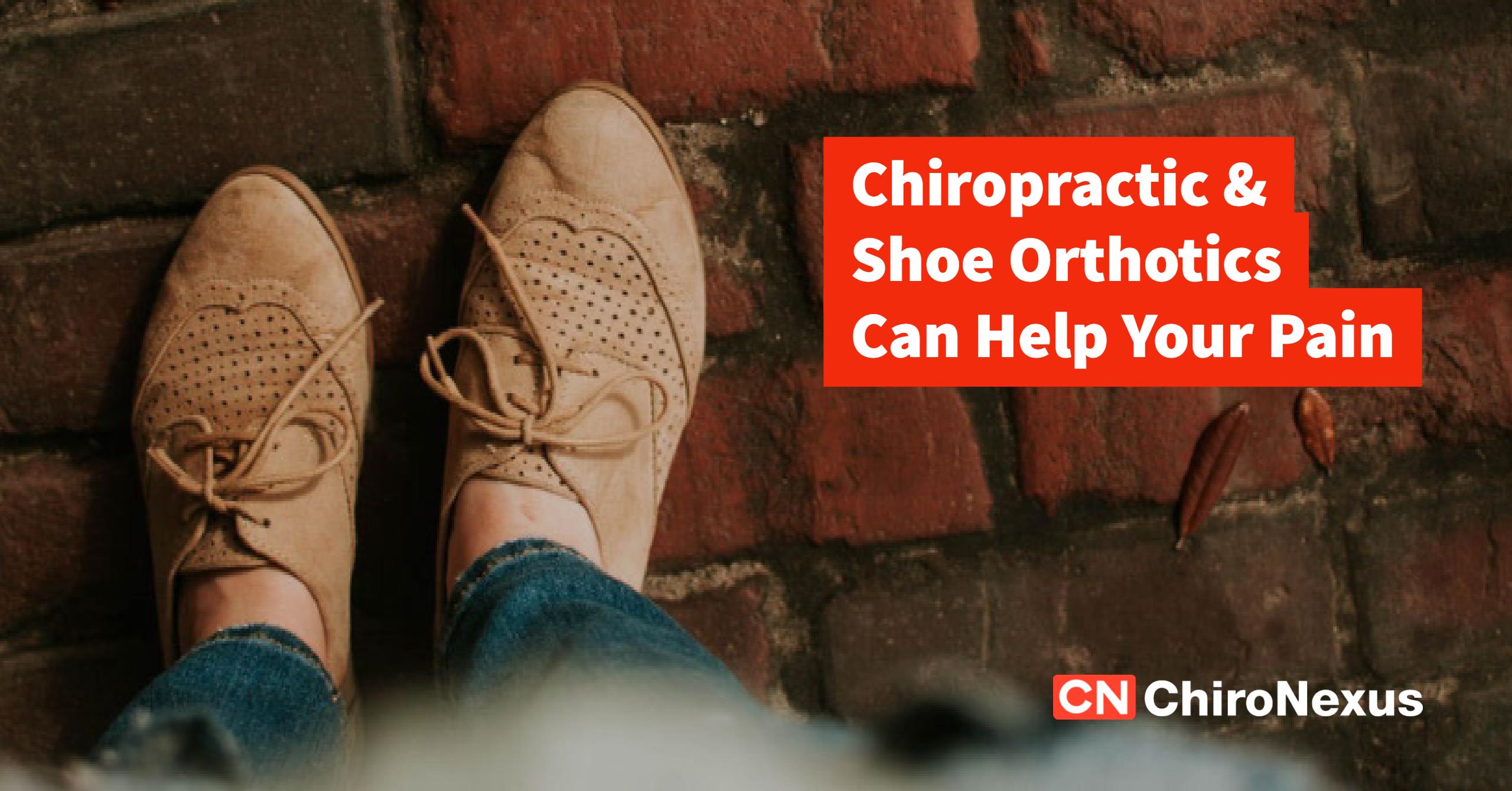Seatbelts and the Risk of Auto Injury
Orthopedic surgeons and neurosurgeons at the Medical College of Wisconsin see a lot of spine injuries in patients who have been in an auto accident. You may not be aware of it, but the leading cause of spine injuries in your midback (thoracic) and low back (lumbar) areas is auto accidents. In a study, doctors evaluated records of 4572 patients between 1996 and 2011 entered into the Crash Injury Research and Engineering Network database who were moderately to severely injured in an auto accident.
Read More
















